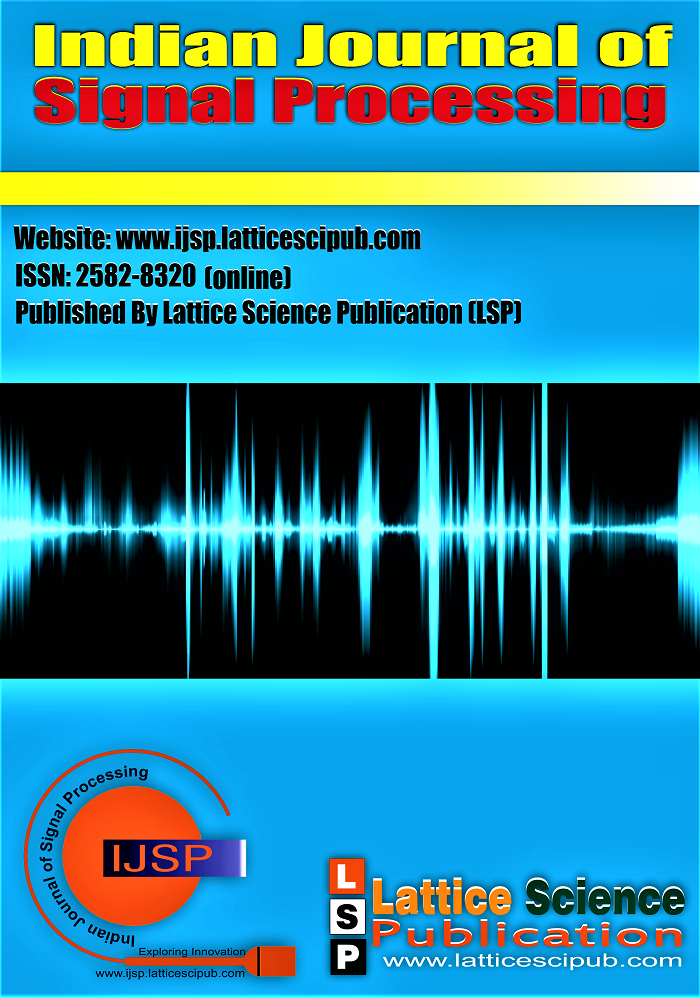An Extensive Survey on Investigation Methodologies for Text Summarization
Main Article Content
Abstract
Natural language processing (NLP) is a fast-expanding field, and text summarization has recently gained alot of research interest. The necessity for automatic summarizing approaches to effectively digest massive amounts of textual data has grown in importance, due to the plethora (excessive amount of something) of information available in the digital age [18]. By automatically producing succinct and educational summaries of extensive materials, NLP-based text summarizing systems have the potential to revolutionize the way humans consume and process information. This review paper offers a thorough examination of the text summarizing research approaches. The process of creating a concise and useful summary of a text document is called text summarization. Evenfor cutting-edge natural language processing (NLP) systems, it is a difficult task. It was carried out using a thorough analysis of the most recent text summarizing research. The evaluation revealed a variety of research approaches that have been employed in the creation and assessment of text summarizing systems. This study’s key discovery is that there are numerous different investigative approaches that can be used for text summarizing. These methods can be roughly divided into two groups: • Extractive text summarization • Abstractive text summarization During the review we found that extractive summarization is a fairly simple method as it selects the key phrases from a text and extracts them to create a summary while abstractive summarization presents data in a clearer, more informative fashion by producing a summary. This review was important because it gives a thorough overview of the research approaches utilized for text summarizing, this article is significant. Researchers and programmers can utilize this data to create brand-new, improved text summarizing systems[20].
Downloads
Article Details

This work is licensed under a Creative Commons Attribution-NonCommercial-NoDerivatives 4.0 International License.
How to Cite
References
Joel Larocca Neto Alex A. Freitas Celso A. A. Kaestner In Automatic Text Summarization using a Machine Learning Approach.
https://www.analyticsvidhya.com/blog/2023/03/exploring-the-extractive-method-of-text- summarization/
Suzuki, Jun & Nagata, Masaaki. (2016). RNN-based Encoder-decoder Approach with Word Frequency Estimation.
Abigail See, Peter J. Liu, Christopher D. Manning In Get To The Point: Summarization with Pointer-Generator Networks
Vaswani Ashish, Shazeer Noam, Parmar Niki, Uszkoreit Jakob, Jones Llion, Gomez Aidan N., Kaiser Lukasz, Polosukhin Illia In Attention is all you need
Radford, A., Narasimhan, K., Salimans, T., and Sutskever, I. Improving language understanding by generative pre-training.
Steinberger, Josef & Jezek, Karel In Using Latent Semantic Analysis in Text Summarization and Summary Evaluation.
Lucy Vanderwende, Hisami Suzuki, Chris Brockett, Ani Nenkova In Beyond SumBasic: Task- focused summarization with sentence simplification and lexical expansion
Gunes Erkan, Dragomir R. Radev In LexRank: Graph-based Lexical Centrality as Salience in Text Summarization
Satanjeev Banerjee and Alon Lavie In METEOR: An Automatic Metric for MT Evaluation with Improved Correlation with Human Judgments
Kishore Papineni, Salim Roukos, Todd Ward, and Wei-Jing Zhu In Bleu: a Method for Automatic Evaluation of Machine Translation
Chin-Yew Lin In ROUGE: A Package for Automatic Evaluation of Summaries
X. Wan and J. Xiao (2010), ―Exploiting neighborhood knowledge for single document summarization and key phrase extraction‖, ACM Trans. Inf. Syst., vol. 28, pp. 8:1–8:34. https://doi.org/10.1145/1740592.1740596
J. G. Conrad, J. L. Leidner, F. Schilder, and R. Kondadadi (2009), ―Query-based opinion summarization for legal blog entries‖, Proceedings of the 12th International Conference on Artificial Intelligence and Law, pp. 167–176. https://doi.org/10.1145/1568234.1568253
G. Amati and C. J. Van Rijsbergen (2002), ―Probabilistic models of information retrieval based on measuring the divergence from randomness, ‖ ACM Trans. Inf. Syst., vol. 20, pp. 357– 389. https://doi.org/10.1145/582415.582416
A Redundancy Elimination Approach towards Summary Refinement Esther Hannah. M a, Saswati Mukherjee b, Sakthi Balaramar c
Aakash Srivastava; Himanshu Daharwal ; Kamal Chauhan ; Nikhil Mukati ; Pranoti Shrikant Kavimandan In Text Summarizer Using NLP (Natural Language Processing), Volume 6 Issue 1 2022, pp. 214.
Eduard Hovy and Chin-Yew Lin. 1998. Automated Text Summarization and the Summarist System, pp. 2.
Eduard Hovy and Daniel Marcu in Automated Text summarization Tutorial — COLING/ACL ‘98.
Mr. S. A. Babar, M. Tech-CSE, RIT In Text Summarization: An Overview, pp.2-4.
Esther Hannah. M, Saswati Mukherjee, Sakhti Balaramar in A redundancy elimination approach towards summary refinement, pp. 249-250
Adhika Pramita Widyassari, Supriadi Rustad, Guruh Fajar Shidik, Edi Noersasongko, Abdul Syukur, Affandy Affandy, De Rosal Ignatius Moses Setiadi in Review of automatic text summarization techniques & methods.
Varun Pandya In Automatic Text Summarization of Legal Cases: A Hybrid Approach.
K. A. R. Issam, S. Patel*, and S. C. N., “Topic Modeling Based Extractive Text Summarization,” International Journal of Innovative Technology and Exploring Engineering, vol. 9, no. 6. Blue Eyes Intelligence Engineering and Sciences Engineering and Sciences Publication - BEIESP, pp. 1710–1719, Apr. 30, 2020. doi: 10.35940/ijitee.f4611.049620. Available: http://dx.doi.org/10.35940/ijitee.F4611.049620
V. Kanaparthi, “Examining Natural Language Processing Techniques in the Education and Healthcare Fields,” International Journal of Engineering and Advanced Technology, vol. 12, no. 2. Blue Eyes Intelligence Engineering and Sciences Engineering and Sciences Publication - BEIESP, pp. 8–18, Dec. 30, 2022. doi: 10.35940/ijeat.b3861.1212222. Available: http://dx.doi.org/10.35940/ijeat.B3861.1212222
S. K* et al., “Youtube Video Ranking: A NLP based System,” International Journal of Recent Technology and Engineering (IJRTE), vol. 8, no. 4. Blue Eyes Intelligence Engineering and Sciences Engineering and Sciences Publication - BEIESP, pp. 1370–1375, Nov. 30, 2019. doi: 10.35940/ijrte.d7303.118419. Available: http://dx.doi.org/10.35940/ijrte.D7303.118419
N. N.S and S. A, “Malware Detection using Deep Learning Methods,” International Journal of Innovative Science and Modern Engineering, vol. 6, no. 6. Blue Eyes Intelligence Engineering and Sciences Engineering and Sciences Publication - BEIESP, pp. 6–9, Apr. 15, 2020. doi: 10.35940/ijisme.f1218.046620. Available: http://dx.doi.org/10.35940/ijisme.F1218.046620
Dr. D. Devrapalli et al., “Effective Text Processing utilizing NLP,” Indian Journal of Artificial Intelligence and Neural Networking, vol. 2, no. 1. Lattice Science Publication (LSP), pp. 1–7, Dec. 30, 2021. doi: 10.54105/ijainn.b3873.122121. Available: http://dx.doi.org/10.54105/ijainn.B3873.122121





